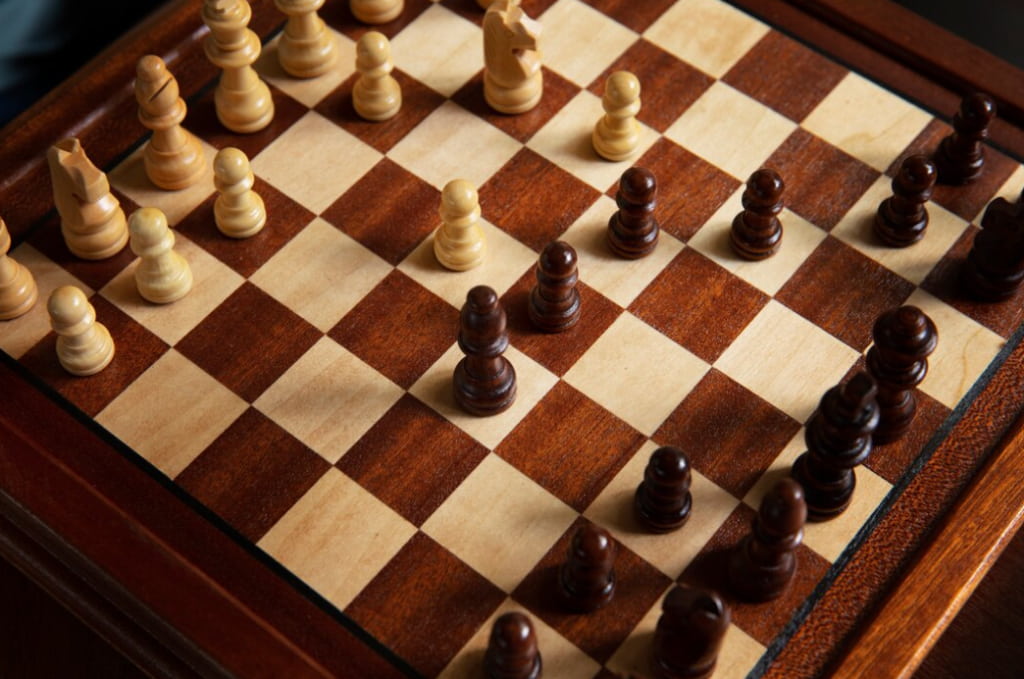This month’s column, followed by the subsequent one, offers a comprehensive study of the Classical Defense to the Spanish. Given the extensive nature of the material, it cannot be condensed into a singular monthly piece. The defense will be showcased with thoroughly annotated variations connected to the current or following month’s page, mirroring the format typically used for annotated games here. Out of the five variations provided, three will appear this month and two in the subsequent edition. Emphasis will be placed on select variations deemed most relevant for Black’s strategy.
The Classical Defense initiates with the sequence 1. e4 e5 2. Nf3 Nc6 3. Bb5 Nf6 4. O-O Bc5, classified as C65 in the ECO system.
The Spanish Game A Detailed Look at the Classical Defense
- In the Classical Defense, the sequencing of Black’s third and fourth moves can often switch, but this permits 4. c3, generally favorable for White. Thus, playing …Bc5 on Black’s third move may not be the most accurate approach to achieving the lines under discussion;
- Using 3…Bc5 is more logical if the response to 4. O-O is 4…Nd4, a variation that grants a minor advantage but results in a less dynamic position, a topic not covered in this discussion.
Unexplored in this analysis are White’s alternative moves at the fourth step, which are largely perceived to be weaker than 4. O-O and are satisfactory from Black’s perspective. Black players need readiness against the “Center Attack” variation, as following 4. d4 exd4 (4…Nxe4 5. dxe5 d5 is challenged by 6. c4!) 5. O-O, Black’s best response is 5…a6 6. Ba4, introducing a Center Attack. Additionally, they should anticipate 4. d3, where an intriguing repositioning can be 4…Ne7!? aiming for moves like …Ng6, …c6, and …d5. Interestingly, this unusual move doesn’t leave the e-pawn vulnerable. Naturally, 4. Nc3 introduces the Four Knights Game, where 4…Bc5 becomes a practical defense, the main variation aligning with the Classical Defense to the Spanish theme.
Within the Classical Defense framework, the Italian bishop opposes the Spanish counterpart. Black’s strategy hinges on active piece play to counterbalance White’s positional dominance. The defense’s core philosophy revolves around Black positioning pieces optimally, preserving the center, and exploring tactical openings. Typical of positions involving an Italian bishop, targeting KB2 becomes a strategic theme. The system’s tactical nature, combined with its focus on piece activity, renders it suitable for novice chess players or those competing against opponents rated below roughly 2000. While the defense holds its own against stronger players, it doesn’t rank among the topmost defenses to the Spanish due to certain positional challenges Black faces in White’s advanced strategies. However, a well-prepared Black player can anticipate reasonable outcomes with this system.

White’s strategy against the Classical Defense, often seen in Spanish plays, is to target Black’s e-pawn. The defense’s theory bifurcates based on White’s choice to target with an early Nxe4, leveraging what Kmoch labeled the “fork trick,” or to apply prolonged pressure with 5. c3 O-O 6. d4 Bb6 7. Bg5, eventually forcing either …exd4 or Black’s agreement to a structural compromise. A transitional concept involves 5. c3 O-O 6. d4 Bb6 7. dxe5.
Significantly, an early d2-d3 doesn’t provide White a strategic edge against this defense. White struggles to challenge the e-pawn, and Black consolidates the center. In such scenarios, the Italian bishop seems superior to its Spanish counterpart, although White retains decent play due to an extra move. It’s noteworthy that 5. Nc3 O-O 6. d3 d6 mirrors a reversed Vienna Game: 1. e4 e5 2. Nc3 Nf6 3. Bc4 Nc6 4. d3 Bb4 5. Nf3 (a strategy successfully employed by Larsen) 5…O-O 6. O-O d6.
Black’s E-Pawn Tactics in the Classical Defense
This month’s focus explores various strategies for the swift removal of Black’s e-pawn; the subsequent month will delve into what might be termed the main line: 5. c3 O-O 6. d4 Bb6 7. Bg5 h6 8. Bh4 d6, where White exerts sustained pressure.
Addressing the immediate fork trick 5. Nxe5 (Variation 1), the optimal response appears to be 5…Nxe5 6. d4 a6! Following this, both 7. Ba4 b5 and 7. dxe5 bxa5 8. exf6 Qxf6 present abundant opportunities for Black. The critical move remains 7. Be2, with both 7…Nxe5 and 7…Ba7 meriting attention. While White holds potent moves, Black seems positioned to maintain equilibrium.
The deferred fork trick unfolds as 5. Nc3 O-O (5…d6 6. d4 being less strong) 6. Nxe5 (Variation 2). Chess opening literature often categorizes these sequences under the Four Knights Game: 1. e4 e5 2. Nf3 Nc6 3. Nc3 Nf6 4. Bb5 Bc5 5. O-O! (5. Nxe5 being not as intimidating) 5…O-O 6. Nxe5. Post the essential moves 6…Nxe5 7. d4 Bd6, the continuation 8. dxe5 Bxe5 places the Spanish bishop in a suboptimal position, causing minimal issues for Black. Conversely, the principal line follows as 8. f4 Nc6 9. e5 Be7 10. d5 Nb4 11. exf6 Bxf6. Moves like 12. a3, 12. Ne4, and the previously uncharted 12. Be3 all pave the way for engaging play with roughly equal odds.

In the 1960s, Spassky frequently opted for the Classical Defense, prompting the early counterplay of 5. c3 O-O 6. d4 Bb6 7. dxe5 (Variation 3). White’s strategy aimed at gaining spatial advantage after the obligatory 7…Nxe5 8. Qd5 Nc5. However, sequences like 9. Na3 a6 10. Be2 Ne7 11. Qd1 Ne6 or 9. b4 Ne7 10. Qd1 Ne4 11. Bd3 d5 and, perhaps the strongest, 9. Bg5 Ne7 10. Qd1 Ne4 11. Bh4 d5 allow Black to restructure and gradually liberate the position. The execution of …d5 results in a scenario reminiscent of an Open Defense, but without Black having to compromise the queenside pawns. Despite this advantage, Black’s kingside remains vulnerable, especially with the Spanish bishop targeting the b1-h7 diagonal and White’s e5 pawn hindering the defense, much like in the Open.
Conclsuion
The Spanish Defense in chess offers a captivating journey for players of all levels. The Classical Defense, with its intricate strategies and tactical depth, stands as a formidable choice against the Spanish opening. The interplay between White’s strategy and Black’s counterplay creates a dynamic battlefield, and mastering the nuances of this opening can enhance one’s chess skills. The Spanish Defense remains a timeless testament to the enduring allure of chess, providing players with a rich and challenging landscape for exploration and strategic triumph. Whether you’re a seasoned chess enthusiast or a novice, the Spanish Defense promises a rewarding journey through the intricacies of this classic game.
You might be interested in: Two Knights Defense: Patterns, Traps, and Techniques